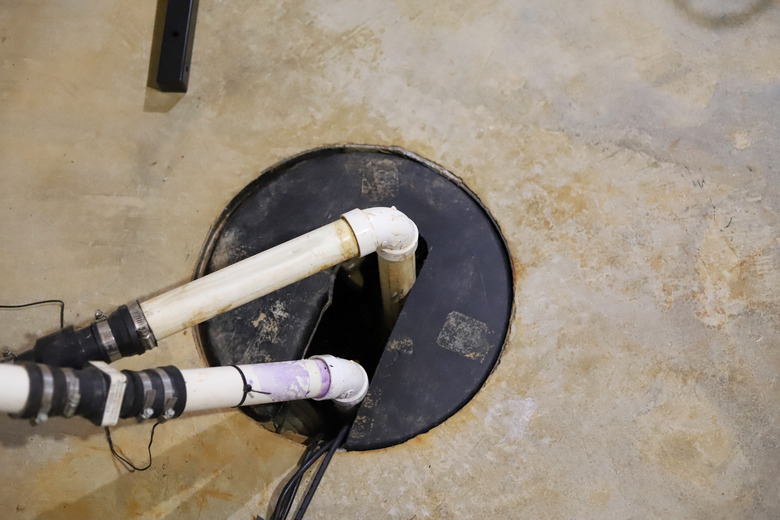Why Sump Pumps Run Constantly After A Heavy Rain
We may receive a commission on purchases made from links.
For many homeowners, the sound of a running pump in the basement is nothing unusual after a heavy rainfall. If asked, most could probably tell you it is their sump pump at work. But if pressed, many homeowners may well have to admit they don't entirely know how it works or how exactly it helps to prevent flooding after a heavy rainfall.
Sump Pump Description
Sump Pump Description
A sump pump is a pump that has a floating switch activation system located in a sump pit, which is essentially a hole in your basement floor. The switch is normally off, in a lowered position. When rising water levels push the flotation device on the switch upward, it sends a signal for the pump to activate. To avoid a wet basement, the pump then drains the water, which in turn lowers the flotation device on the switch until it reaches its initial position, thereby turning off the pump. Pumps can come in two types: submersible types, which will be found at the bottom of the sump pit, and pedestal types, in which the motor is located above the floor near the sump pit.
Conditions for Sump Pumps
Conditions for Sump Pumps
A heavy rainfall means that a large amount of water has been poured onto the ground. Depending on the type of soil and on the geography of the area, differing things will happen to that water. If a soil is very permeable and had a low moisture content to begin with, the water from the rain will drain through it quickly. However, if the soil is not very permeable, or it was already very wet, the water cannot drain quickly. And as the water builds up around the foundation of a house, hydrostatic pressure will push it through the floors and walls.
If the house is located on a slope, there is less water build-up as a result of gravity pulling excess water down the hill. In flat areas, water build-up is much greater, as there is nowhere for the water to drain but through the ground.
Removal of Water
Removal of Water
After a heavy rainfall, hydrostatic pressure is pushing water through the floors and walls of your home. Without a sump pump, the amount of water would keep increasing, resulting in flooding.
When there is a sump pit, the water will flow and accumulate into the pit. This activates the sump pump, which will begin the process of removing the water. Until the time where the rainwater has finally managed to drain through the soil to a depth lower then where your house is located, water will keep being pushed into your basement and the pump will keep working to remove that water.
Abnormal Running Conditions
Abnormal Running Conditions
While constant running is normal until the water is removed, there are some abnormal conditions that cause your sump pump to make noises or run nonstop. If the float switch gets jammed at a higher level, it'll signal the pump to continue running even if the water level in the pit drops. Another possible problem is with a malfunctioning check valve. When it works properly, the check valve prevents water from coming back in the discharge line and into pit. If it's malfunctioning, the valve can let water back in, forcing the pump to work nonstop since it can't clear all the water.
Considerations With Sump Pumps
Considerations With Sump Pumps
There are two things that are important to remember regarding sump pumps. The first is that if the pump's capacity is not great enough for your home, flooding can still occur. The pump will likely work nonstop, but it still won't be enough to remove the water. The second is that a sump pump is still a mechanical device, and as such should be periodically tested to make certain it still works.
